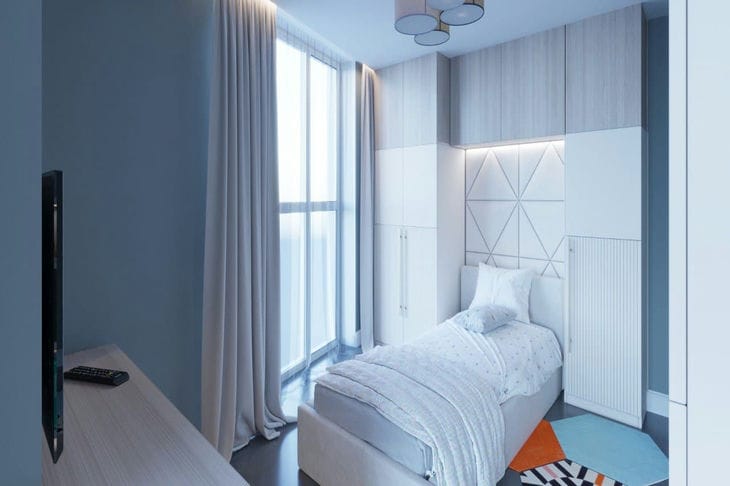How to properly place light sources in a room
Proper placement of lighting fixtures is of great importance for creating a comfortable and functional lighting environment in a room.
The uniformity of lighting, the absence of shadows and glare, as well as the overall atmosphere of the room, directly depend on how the light sources are positioned.
Let's look at the basic principles that should be taken into account when organizing lighting in a room, says Yulia Tychino .
The main principle is to ensure uniform distribution of light throughout the entire area of the room.
To do this, it is necessary to place the main light sources (ceiling or wall lamps) evenly, avoiding the concentration of light in one area and the formation of dark areas. The best option is to evenly distribute spotlights over the entire area of the ceiling or walls.

In addition, it is important to combine general lighting with local light sources to accentuate individual functional areas.
For example, it is worth installing additional lamps above the work desk, rest area or reading areas. This will help to highlight priority areas and make them more comfortable to use.
When choosing lamps for different zones, you should take into account their luminous flux, scattering angle, color temperature and color rendering index.
Thus, for work areas it is preferable to use light sources with high color rendering and a lower color temperature (3000-4000 K), which increases the comfort of perception.
In rest and relaxation areas, on the contrary, it is better to use lamps with warmer light (2700-3000 K).
It is also important to correctly position and adjust lighting fixtures to avoid shadows and glare.
It is advisable to place the lamps at an angle to the work surfaces so that the light falls obliquely, rather than vertically. This helps to minimize interference and increase visual comfort.
Floor, table or wall lamps can be used as an additional lighting element.
Their placement depends on the layout of the room and the location of the main light sources. As a rule, such lamps help to zone the space, create a cozy atmosphere in certain areas.
When organizing lighting in large rooms, it is important to combine general lighting with local sources depending on the purpose of the various functional zones.
Here, it is effective to use several levels of lighting. For example, the dining area may have brighter lighting, the rest area may have more subdued lighting, and the work area may have directional lighting.
In addition, special attention should be paid to the lighting of corridors, hallways and other auxiliary rooms.
The optimal solution here would be uniform ceiling or wall lighting, creating a feeling of safety and comfort.
